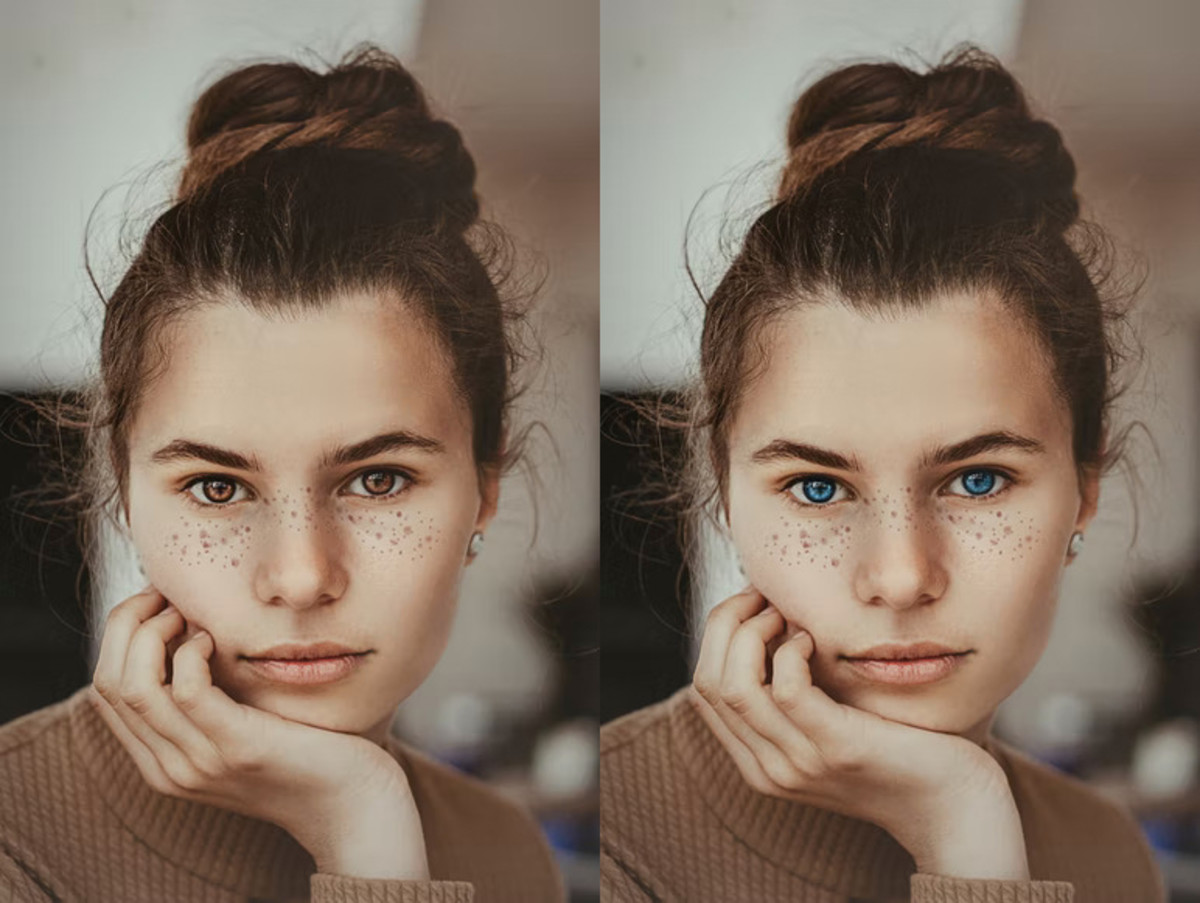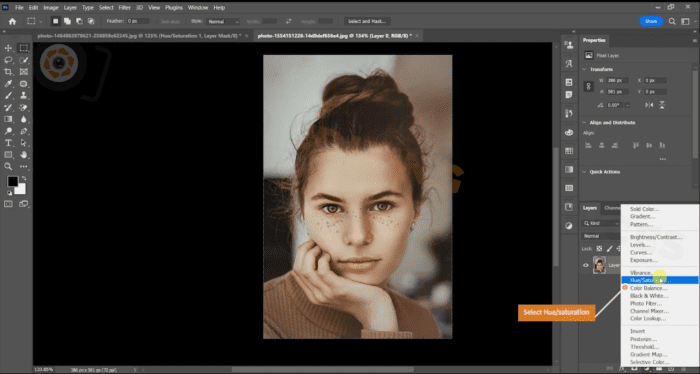change eye color Adjustments to your camera’s settings like the Dimensions of the subject, Exposure time and ISO value might be necessary for you to capture what you want to remember. But when you view the photos on your computer, you may not be proud of the image because it doesn’t meet your expectations. For example, maybe you’re not happy with how it turned out due to a technicality, or you simply don’t like how your eyebrows look in the photo. If the gaze is the mirror of the soul, you will want these to remain in the image in the best possible way. Changing the eye color in a photograph can be due to several reasons: an unexpected reflection, highlighting small spots of the iris, or a more abrupt change such as changing the eye color completely. These changes can be made for an artistic effect, such as wanting a white or orange eye to simulate a demon in the photo. Photos can be a lot of work to edit and since storage isn’t usually much of an issue these days, it’s best to just shoot in RAW format. This will allow you to always have the original photo on hand. With so many photo editing tools on the web, it can be hard to keep track of them all. Some of the most popular are GIMP and Photoshop and there are many others to choose from like Pixlr Editor, PESs, Fotor and even apps for smartphones or pages that allow you to edit. The most complete editing software is Photoshop, so that is what we will use to show you how to change the color of a person’s eyes.
Points to Keep in Mind When Editing Photos
Tricks for Natural Eye Color Change
In reality, blue eyes take on a slightly darker color at the edges. To mimic this effect, use a curves adjustment layer so that you can change the eye color without being too obvious.
To start, add a Curves Adjustment Layer and make the center of the layer darker. Invert and paint white around the edges of the layer to make it opaque. Afterwards, lighten up the layer to create a defined dark effect. To create the yellow dot in some blue eyes, first create an adjustment layer and set it to the blue channel. Pull down on the center point to add a bit of yellow. There’s no perfect formula for this so you’ll need to play around with it until you find something good! Play with the color channels until you find a realistic-looking color and place it in the center of the eye. As always, when working with layers for small areas, invert the layer and, using a soft brush, paint white near the center of the pupil so that
How to Brighten Eyes in Photoshop
Many children, especially babies, really shine with their bright eyes. Adding a bit of glitter can be done easily, too. Just make sure you have the brush set at the correct thickness, flow and size.
How to Add a Strong Look in Photoshop
One of the most important features of a portrait picture is the direction in which the person is looking and how they are lit. For a photographer, it’s all about capturing someone’s eyes. Every eye is different, so much so that they are used in security systems to control access. As we have seen before, being able to use duplicate layers allows you to modulate every detail without affecting the original image. With Photoshop, you can create a layer over your original image. You then use the layer’s opacity and blending modes to customise the effect. Be sure to make it look natural so that it is almost unnoticeable in your final image.
How to Darken Pupils in Photoshop
You can see reflections in someone’s eyes—for instance, the photographer’s own reflection in their lens, or paintings and trees from hallways or outside, then you can see those reflecting onto their retina. To correct this, you can use a layering system like the one below to darken the pupil and mask those reflective twinkles. You could also make the pupil brighter with a lighter colour. Always remember to keep focused on the eyes when shooting portraits: Make sure the lighting is constant and avoid any reflections, as this makes editing eye colour much easier. This article is accurate and true to the best of the author’s knowledge. Content is for informational or entertainment purposes only and does not substitute for personal counsel or professional advice in business, financial, legal, or technical matters.








